Research on Scientific Communication Mechanism of Public Emergencies Based on Information Aging Characteristics
DOI: 10.23977/jhrd.2021.030102 | Downloads: 7 | Views: 1470
Author(s)
XingNan Li 1, ShuHan Yang 2
Affiliation(s)
1 School of Humanities, University of Chinese Academy of Science , Beijing, 10049, China
2 Academy of Arts & Design , Tsinghua University, Beijing, 100084, China
Corresponding Author
XingNan LiABSTRACT
The openness of public emergency information shows that any individual may become the object of the evolution system of false information, and its complexity shows the diversity of information dissemination methods, the variability of individual emotions, and the randomness of public participation and retreat. Firstly, this paper analyzes the characteristics of information aging in the network age, and establishes the theoretical models of acceleration, speed and diffusion intensity of public emergency network diffusion according to the characteristics of public emergency network communication. According to the problems analyzed above, some suggestions are given to improve the scientific communication mechanism of public emergencies in China. With the help of melt media, the mechanism of scientific communication can be innovated, the integration among media can be promoted, the self-organization ability of the system can be enhanced, the “checking” of information can be strengthened, and the feedback adjustment mechanism can be improved, thus providing endogenous power for enhancing the effectiveness of scientific communication.
KEYWORDS
Information aging, Public emergencies, Scientific communication mechanismCITE THIS PAPER
XingNan Li, ShuHan Yang. Research on Scientific Communication Mechanism of Public Emergencies Based on Information Aging Characteristics. Journal of Human Resource Development (2021) 3: 7-14. DOI: http://dx.doi.org/10.23977/jhrd.2021.030102.
REFERENCES
[1] Georgios S, Sarah E, Meret R, et al. Psychiatric Emergencies of Asylum Seekers; Descriptive Analysis and Comparison with Immigrants of Warranted Residence. International Journal of Environmental Research & Public Health, vol. 15, no. 7, pp. 1300, 2018.
[2] Kirchoff M C, Pierson J F. Considerations for Use of Investigational Drugs in Public Health Emergencies. Therapeutic Innovation & Regulatory Science, vol. 51, no. 2, pp. 146-152, 2017.
[3] Zou Yuying. Network rumor dissemination and coping mechanism based on public emergencies. News Research Guide, vol. 11, no. 04, pp. 64-65, 2020.
[4] Zhang Lehan, Dong Yanan. Research on the mechanism of public opinion communication and communication of college emergencies in the Internet age. Southeast Communication, vol. 000, no. 012, pp. 93-96, 2019.
[5] Qian Hongwei, Huang Yuqian. Research on popular science education system for emergency in public places. China Emergency Management, vol. 000, no. 001, pp. 30-31, 2020.
[6] Chen Jian [1]. Research on the Construction of Early Warning Mechanism for Public Emergencies. Fortune Today (China Intellectual Property), no. 2, pp. 122-122, 2019.
[7] Chen Tingqiang. Talking about how to maintain the national image in international news communication. News Research Guide, vol. 10, no. 01, pp. 239-239, 2019.
[8] Souza F, Pretell-Mazzini J, Subhawong T K. Musculoskeletal MRI of Nontraumatic Emergencies. Topics in Magnetic Resonance Imaging, vol. 29, no. 6, pp. 321-330, 2020.
| Downloads: | 2562 |
|---|---|
| Visits: | 56984 |
Sponsors, Associates, and Links
-
Information Systems and Economics

-
Accounting, Auditing and Finance

-
Industrial Engineering and Innovation Management
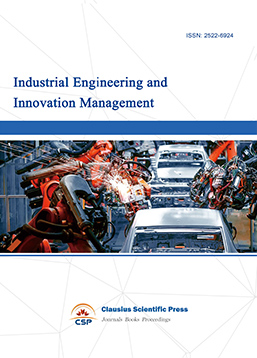
-
Tourism Management and Technology Economy

-
Journal of Computational and Financial Econometrics

-
Financial Engineering and Risk Management

-
Accounting and Corporate Management

-
Social Security and Administration Management

-
Population, Resources & Environmental Economics

-
Statistics & Quantitative Economics

-
Agricultural & Forestry Economics and Management
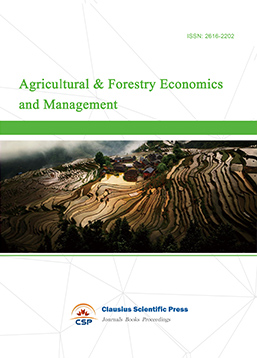
-
Social Medicine and Health Management
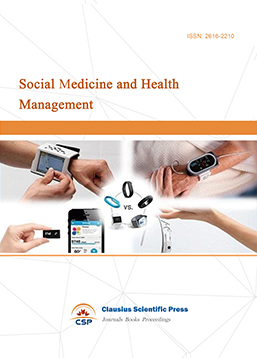
-
Land Resource Management
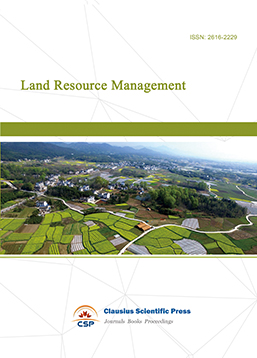
-
Information, Library and Archival Science

-
Manufacturing and Service Operations Management
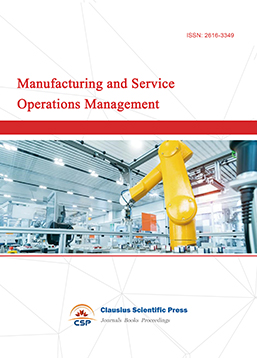
-
Operational Research and Cybernetics


 Download as PDF
Download as PDF